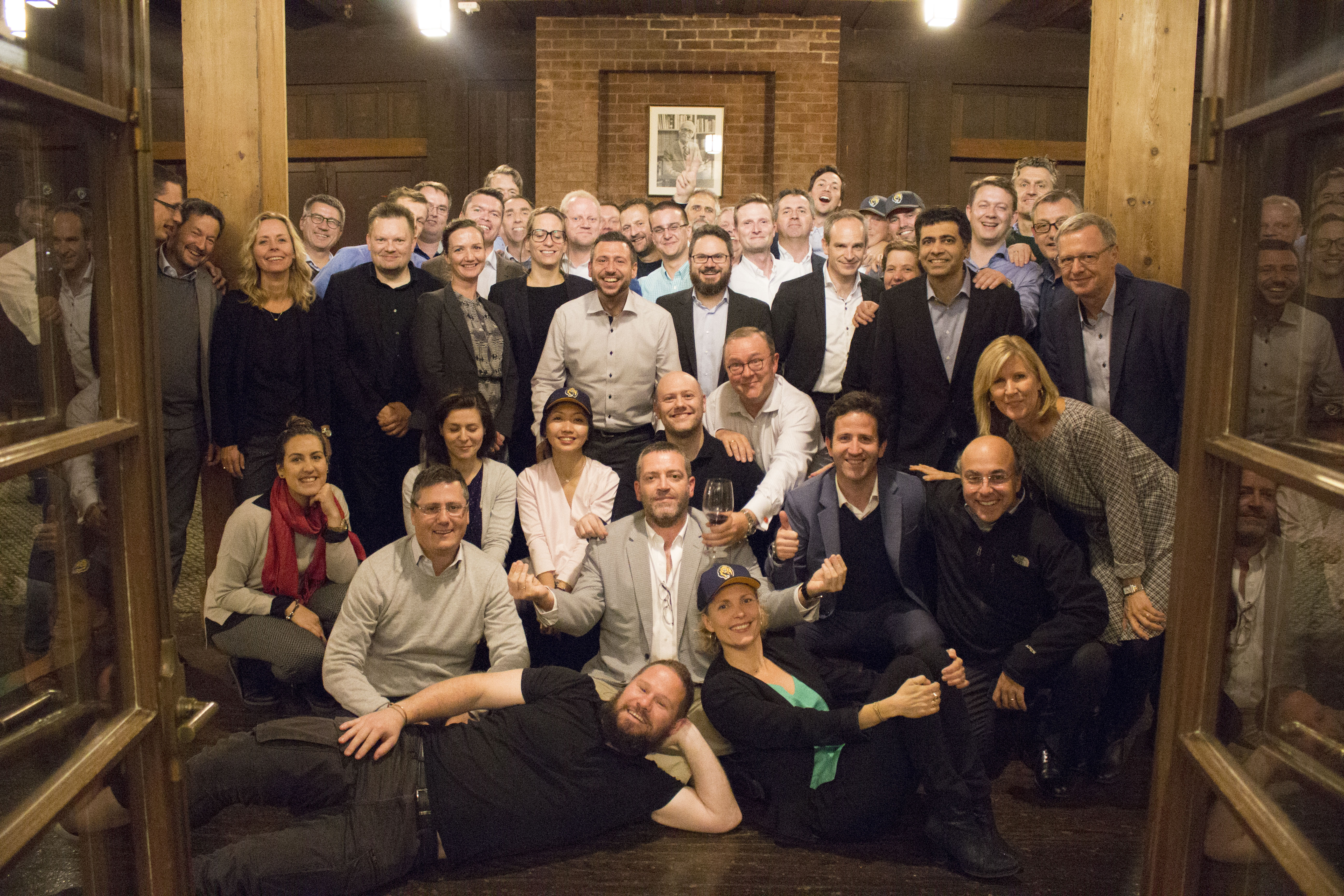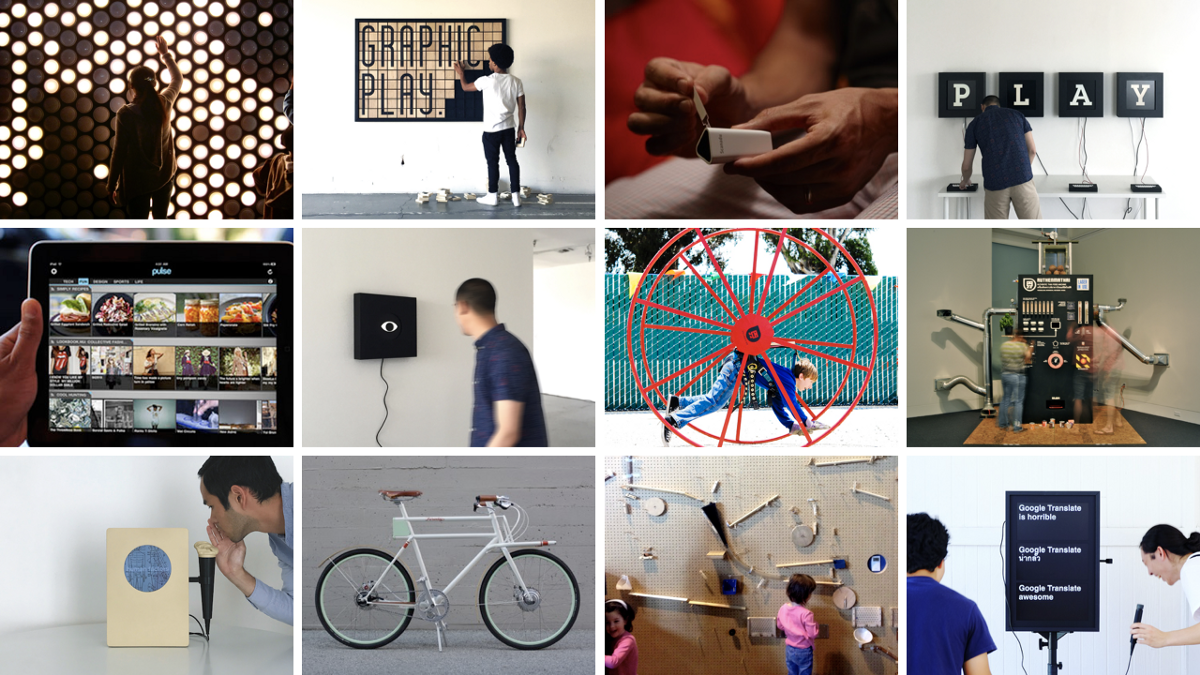Steve Chen appointed to co-lead Berkeley Blockchain Lab
Steve Chen, founder of EchoLink, a credentials-verification blockchain project, has been appointed industry co-lead of the new Berkeley Blockchain Lab, a platform for students to gain real-world experience working with blockchain technology at the University of California, Berkeley. The Berkeley Blockchain Lab is an initiative of the Sutardja Center for Read more…







